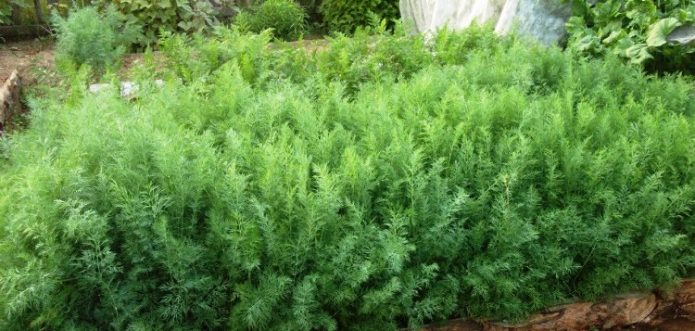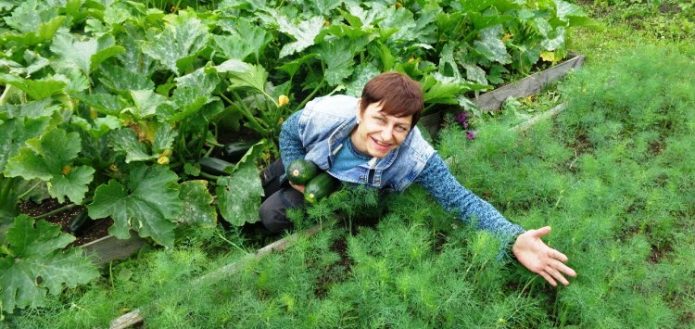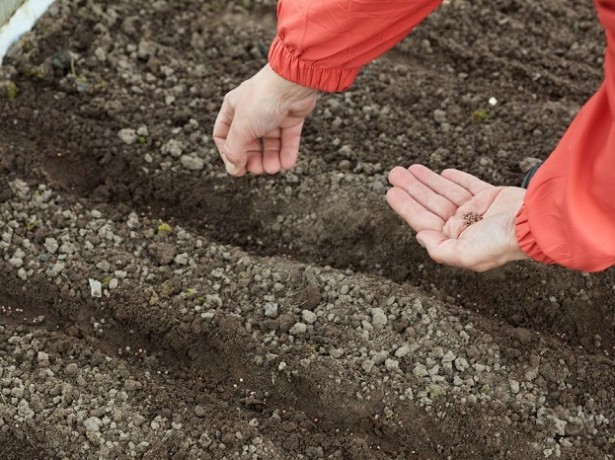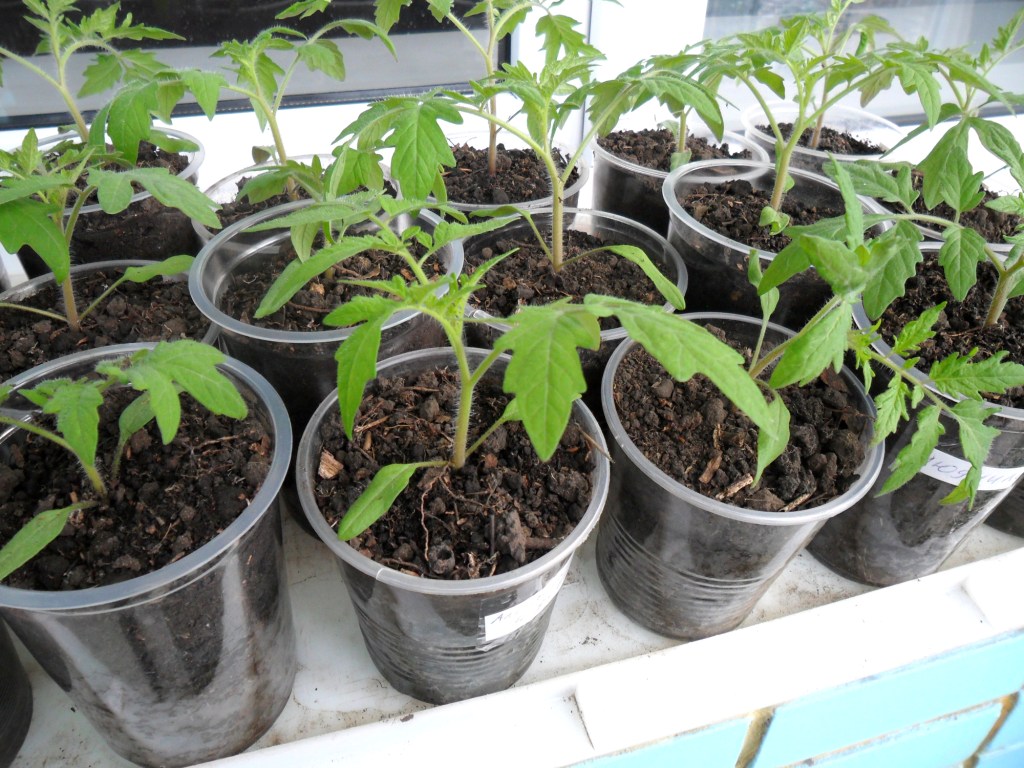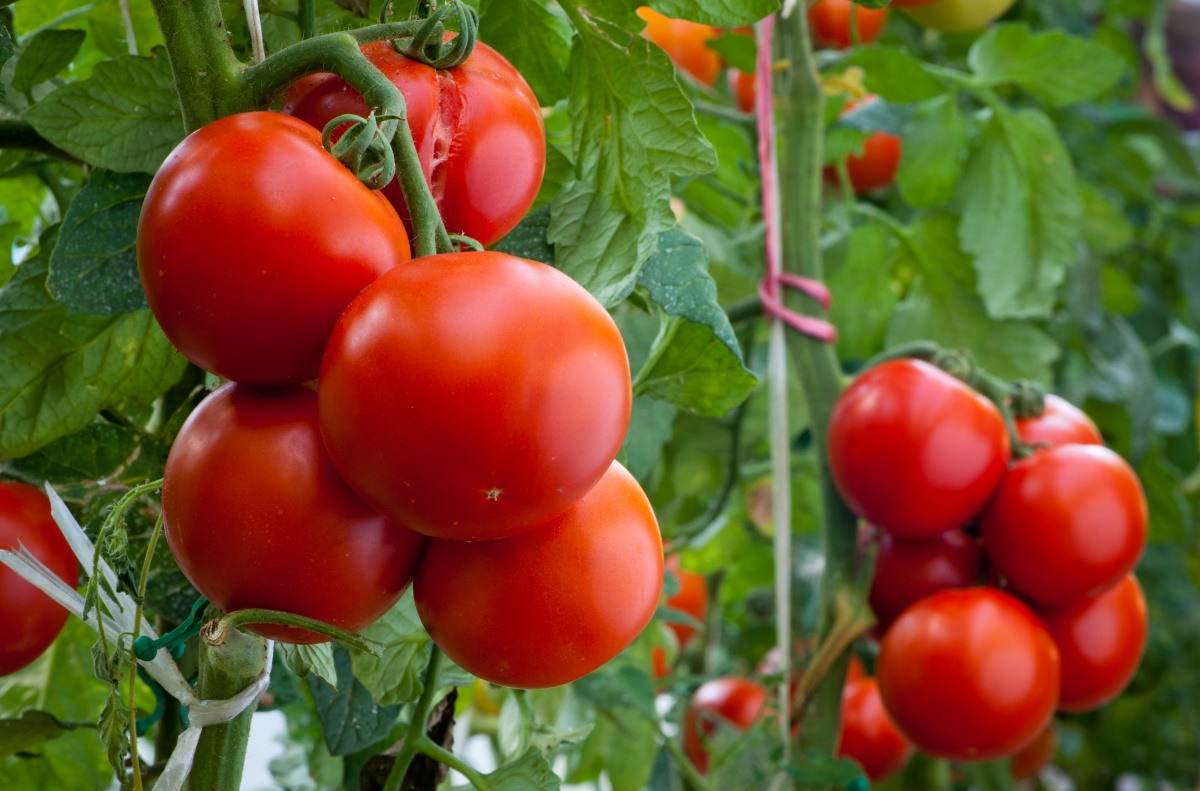Not everyone can cope with podzimnim sowing of dill, and more seeds are consumed. You don't need to bother with seedlings at all - popular greens are quite cold-resistant. Therefore, planting dill in open ground with seeds in the spring remains the most common way to grow it.
Sowing dates
Weather forecasts do not always allow you to predict the temperature regime for the whole month ahead. As soon as frosts below –4 ° C completely leave the night indicators, it is time for the first planting of dill. At + 3 ° C, the plant begins to develop actively. As a rule, in most regions of our country it is the twentieth of April or the beginning of May. You should not delay sowing, because in spring the earth is the wettest, and the temperature of + 15–20 ° C is the most favorite for young dill.
Re-crops are carried out at intervals of two weeks. This method is used to produce crops throughout the summer. But with summer plantings, one should expect not so much greenery as umbrellas suitable for canning. The transition to flowering occurs upon reaching 15-hour daylight hours.
As for 2018, the best planting days for greenery in terms of the lunar calendar are April 14 and 27, May 2 and 12, and June 25.
The best varieties of dill
According to the reviews of experienced gardeners, such varieties deserve the best reviews.
Gribovsky
An early maturing variety with an unforgettable aroma, resistant to diseases and temperature fluctuations. It is better to start the first landings with it. The greens are cut off a month after the first shoots.
Lesnogorodsky
One of the best mid-season varieties is ready to take a place in the beds at the end of May. Even when releasing a peduncle, Lesnogorodsky dill continues to increase its green mass. Dense foliage does not fade for a long time when cut.
Alligator
The most marketable type is precisely in late-ripening varieties, the brightest representative of which is the Alligator. It has a long growing season before flowering. Cut greens from the same bush several times per season.
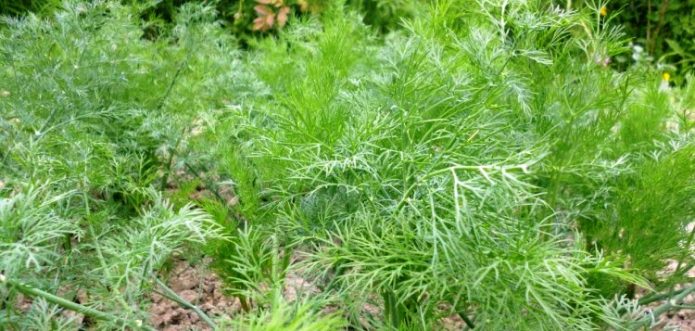
The dill leaves of the Alligator variety are distinguished by a bluish tint; when planting its seeds in open ground in spring, the crop can be harvested from it all season
Preplant seed treatment
It is not at all necessary to process dill seeds, they germinate anyway. However, due to the high concentration of essential oils, the emergence of seedlings can take 2-3 weeks.
Germination can be accelerated in two ways:
- bubbling. The seeds are soaked for 20 hours in oxygenated water at a temperature of + 20 ° C. Providing all these conditions becomes possible with an aquarium compressor;
- hot soaking. The seeds are poured into water with a temperature of + 50 ° C. Water, as it cools, is changed to a new one. Or change the hot liquid every 8 hours if using a thermos. This process lasts two days, after which the seeds are removed and settled in a saucer on gauze. From above, they are covered with a damp cloth and kept in this form at room temperature for another 4 days. After the roots appear, the planting material is dried.
Treated seeds will sprout in 5 days. In addition, temperature pre-sowing treatment helps to avoid many diseases characteristic of dill.
Planting dill seeds in open ground in spring: instructions
Choose a sunny place or partial shade for dill. The soil should be fertile, loose and moist. Dill requires neutral soil: with increased acidity, it will turn red, with high alkalinity, it will turn yellow. Both have a significant effect on the harvest.
It is forbidden to compact carrots and celery with dill. But all other vegetables will be happy with this neighborhood.
When landing, two main methods are used.
Linear
Long strips of dill are convenient because it is convenient to loosen the soil between them. Leave 15–20 cm of free space between the rows. The depth of the rows themselves is 2 cm. They are moderately watered and filled with seeds at the rate of 1 g per sq. m, after which they are sprinkled with earth on top. Refrain from further watering until the first shoots appear.
Carpet
The indicated seeding rates are easier to follow with a carpet pattern. A lush green blanket does not require control over the degree of seed burial. They are simply spread evenly over the garden bed and sealed inward with a rake. Watering is carried out after planting. The water itself will carry the seeds with it to the depth they need.
Video: how and when to plant dill
Leaving after disembarkation
Dill is unpretentious, so it does not require titanic care efforts. The harvest will be better if you follow the basic rules.
Watering
Both swampy and dry land are equally harmful to dill. An excess of water reduces the aroma of plants, a deficiency increases the content of nitrates in them. Two waterings per week are enough for dill beds. Sprinkler irrigation is used during the summer heat.
Top dressing
Early varieties of fertilizers are not allowed. But with those that grow longer, you can dilute the diet with nitrophobic urea - up to 15 g per square meter of plantings. But it is better to refrain from nitrogen fertilizing. Late-ripening dill is added a second meal - three weeks after the first. 5 g of potassium salt and 7 g of carbamide are taken per square meter of the garden. At the same time, they try to avoid getting fertilizers on the foliage. The introduction of minerals into the soil is completed with generous watering. To prevent the weeds from getting the treat, they carry out timely weeding.
Loosening
After each watering or rainfall, the soil between the rows is loosened so that air flows to the roots of the plant. At first it is enough to loosen to a depth of 5 cm, each time increasing it up to 12 cm.
The nuances of care
- In extreme heat, greens should be covered with a lutrasil canopy.
- With powdery mildew (white bloom) or phimosis (black spots), the affected plants are removed from the garden to avoid contamination of the remaining ones. Treatment is carried out only with biological preparations like "Fitosporin" or "Trichodermina". The same means help with the attack of an earthen flea.
- To get rid of dill from aphids allows dusting it with ash or powdered sugar.
- It is required to cut off the grown greens in time - those dill bushes whose height does not exceed five centimeters will be the most delicious.
There is never enough dill. And no matter how much you plant it, it will always come in handy both fresh and dried.
